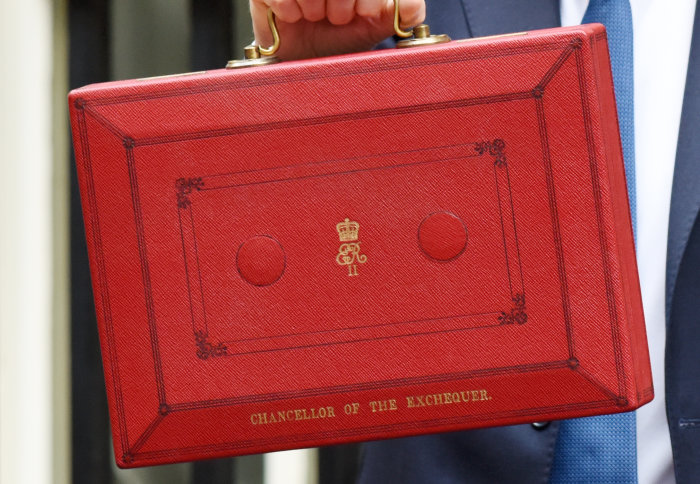Following George Osborne’s July Budget and Autumn Statement, some big changes have been proposed that are likely to reduce the attractiveness of buy to let properties as an investment.
TAX RELIEF CHANGES
Currently landlords are able to offset their rental income by the amount of mortgage and loan interest they pay. This offsetting will be gradually restricted over a 4-year period from 6 April 2017.
Example
Currently if a buy to let property had an annual rental income of £15,000 and the interest paid on the mortgage is £10,000, only £5,000 of the rental income would be taxable.
From 2020, tax will be due on all of the rental income less a basic rate tax credit on the mortgage interest. In this case the basic rate tax credit would be £2,000 (20% of £10,000).
The table below outlines the amount of tax that would be payable under the current and the new system. As you can see this change will increase the tax liability of a higher and additional rate tax payer considerably.
| Now | 2020 | |
| Basic Rate Tax Payer | £1,000 | £1,000 |
| Higher Rate Tax Payer | £2,000 | £4,000 |
| Additional Rate Tax Payer | £2,250 | £4,750 |
STAMP DUTY
From 1st April 2016, the government are due to introduce a 3% stamp duty surcharge on the purchase of an additional residential property worth more than £40,000.
Example
If a second home was bought for £280,000 the change in the stamp duty rates will be as follows:
| Current | From 1st April 2015 | |
| First £125,000 | £0 | £3,750 |
| Next £125,000 | £2,500 | £6,250 |
| Next £30,000 | £1,500 | £2,400 |
| Total | £4,000 | £12,400 |
CAPITAL GAINS TAX
From April 2019 Capital Gains Tax on residential properties will be due within 30 days of the disposal rather than in the following tax year. The government will publish draft legislation for consultation in 2016.
CONCLUSION
It’s clear that the Chancellor is looking to increase the tax take from buy to let properties and is also looking to make it a less attractive investment. This certainly feeds in to his aim of getting more people on the property ladder and freeing up the housing stock to allow this.
If you have any queries regarding these changes and how they may affect you, please don’t hesitate to give us a call on 0117 942 433.








